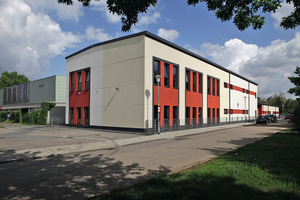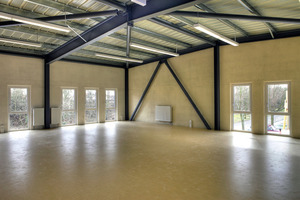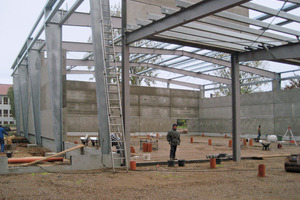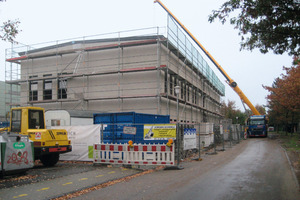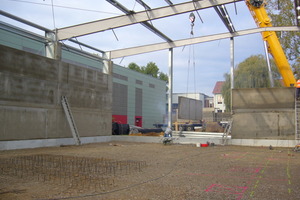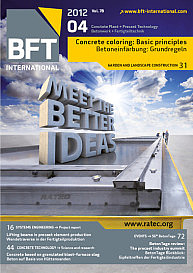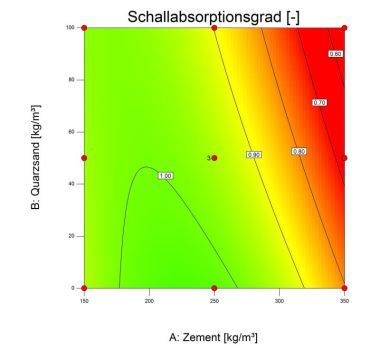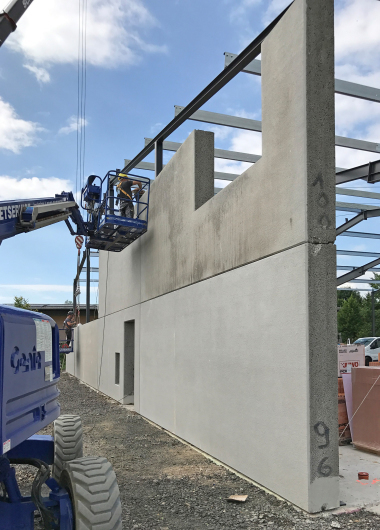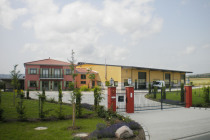Thermodur: halls consisting of lightweight concrete
elements
Large lightweight concrete wall units provide a number of advantages: these elements of up to 11 x 3 m in size permit wide spans of the support grid, have a low self-weight whilst providing high strength, and have excellent heat insulation and soundproofing properties as a result of adding lightweight natural aggregate (pumice). Also, the building material used for the elements is non-flammable.
These benefits can also be utilized for the construction of indoor sports and leisure facilities. Ready-to-use buildings can be erected within extremely short periods; their architecture is visually...

